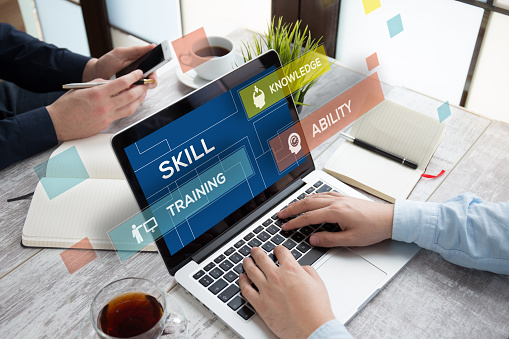Rewrite #2
Recently I have watched three videos which were all based on
different and efficient ways to help you with your studies. The first video was
about Three Best Science Study Tips. It talked about how to apply
science to studying. The three methods of how-to study are:
- Quizzing – no peaking at answers. Practice like for an exam. Pretend that you’re doing the exam and how would it look like. You can’t process information by just reading words on a page.
- Spacing – when to study. So, how do you know when to study? Right when you’re about to forget the information. You can create a revision timetable to help you.
- Mixing– how often to switch. Don’t stay on one topic while studying. Instead mix it between different topics and understand the connections for better learning. You should study between 15-50 minutes and take 5–10-minute breaks between topics.
The reason why those are efficient ways to study is because
they are difficult which forces you to challenge yourself. The struggle
improves your learning. I personally used these techniques only a few times,
especially the mixing one with breaks. Once I didn’t give myself breaks at all
which ended up with me almost getting a panic attack and exhausted myself. After
that I started taking 5-10-minute breaks whenever I studied for a test.
The next video that I have watched was focusing about 5
Active Reading Strategies for Textbook Assignments. The five strategies are:
- Pseudo-skimming
- Read backwards
- Come up with questions while you read
- Pay attention to the format of the text
- Make notes while reading/ mark where you read
Each one of those techniques is quite useful when you’re
trying to learn something but you’re not sure how to do it without forgetting. I
never used these techniques before but after watching the video I started using
them and it actually helped me remember the information more. As I said I think
that you should use these techniques if you want to improve your reading.
Another few things to do is to use the flag method, which is marking the pages that you have read. You can also use a pencil to bracket the parts that that hold the most important information. Another thing to do is to take notes after you have read the chapter. I did use those methods in the past whenever a teacher told us to read a chapter in the book, they were very useful especially if I wanted to go back and to also help me study for a class test.
The third and last video was a ted talk about Creating
Critical Thinkers Through Media Literacy by Andrea Quijada. That video
taught me what Media Literacy is. It is about discovering the truth behind the
information given. It also help discover the target audience for the specific
advertisement or newspapers, etc. As Ms. Andrea said it’s the lasso of truth
that we have.
I have learned a lot about studying and Media Literacy in
these three videos and I would recommend them to anyone who wants to learn more
about those topics too.
The 3 BEST science-based study tips
5 Active Reading Strategies for Textbook Assignments -
College Info Geek
Creating critical thinkers through media literacy:
Andrea Quijada at TEDxABQED
Link to the original blog
https://livsidmcollegeblog.blogspot.com/2021/10/study-skills-to-help-you-study.html




Comments
Post a Comment